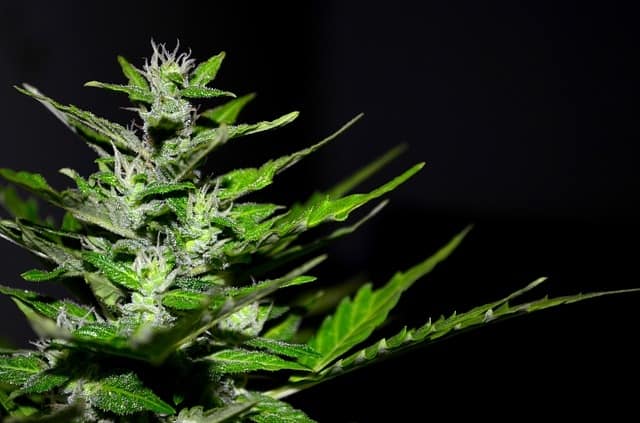Marijuana Legalization Is Affecting How Police Determine DUI Charges
Driving under the influence, abbreviated DUI is a widespread issue that affects people around the world. Drug usage can impair one’s judgment, slow down reaction times, cause memory loss as well as a host of other symptoms that make driving under the influence dangerous. Every state in the United States has laws that ban motorists from driving if their blood alcohol concentration (BAC) is at a level above 0.08 percent.
Alcohol-related offenses are the most common types of DUI that a Houston drug lawyer sees; however, there are other DUI offenses as well. As more and more states decriminalize and legalize marijuana, there is a rising concern about marijuana-related DUI offenses. Police and law enforcement officials are currently trying to determine how to handle this type of driving under the influence offense in lieu of the standard BAC test.
Expanded Legalization of Marijuana
Marijuana also called weed or cannabis is both a stimulant and a depressant. Marijuana can be used for medical purposes and recreational purposes. Medical marijuana can help patients by reducing pain levels, improving appetite, and preventing nausea. Recreational users use marijuana to experience mild euphoria due to the physiological and psychoactive effects of cannabis.
Over the last several years, numerous states have passed laws legalizing or decriminalizing the use of marijuana for medical purposes as well as recreational purposes. Four states have completely legalized marijuana. Another eight states have legalized marijuana for medical use. Another eleven states have decriminalized and made medical marijuana legal. Finally, five states have only decriminalized marijuana.
As a result of the decriminalizing and legalizing legislation, police departments, including New Canaan, Connecticut have experienced a rise in the number of marijuana-related DUI offenses over the last year.
Driving Under the Influence of Marijuana

Additionally, combining alcohol with marijuana increased the effects of both substances. Drivers began to weave at lower levels of intoxication when both substances were used as compared to those who only used one substance. Furthermore, alcohol increases the absorption level of THC, which causes a stronger high from marijuana.
Legal Actions and Police Actions
Currently, seventeen states have enacted “per se” laws that prohibit motorists from operating a motor vehicle if they have a certain level of THC in their system. The remaining states have standards that are less defined in how the police will handle driving under the influence of marijuana.
Alcohol intoxication is easier to determine through the administration of a BAC test. With marijuana, it is more difficult. Some police departments are using drug recognition experts that examine a motorist on the scene to determine whether they are too high to operate a motor vehicle.
As marijuana usage continues to rise due to the decriminalization and legalization of marijuana, police agencies are working to determine how to keep the roadways safe from those under the influence of either drugs or alcohol.
